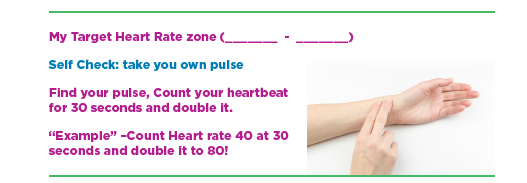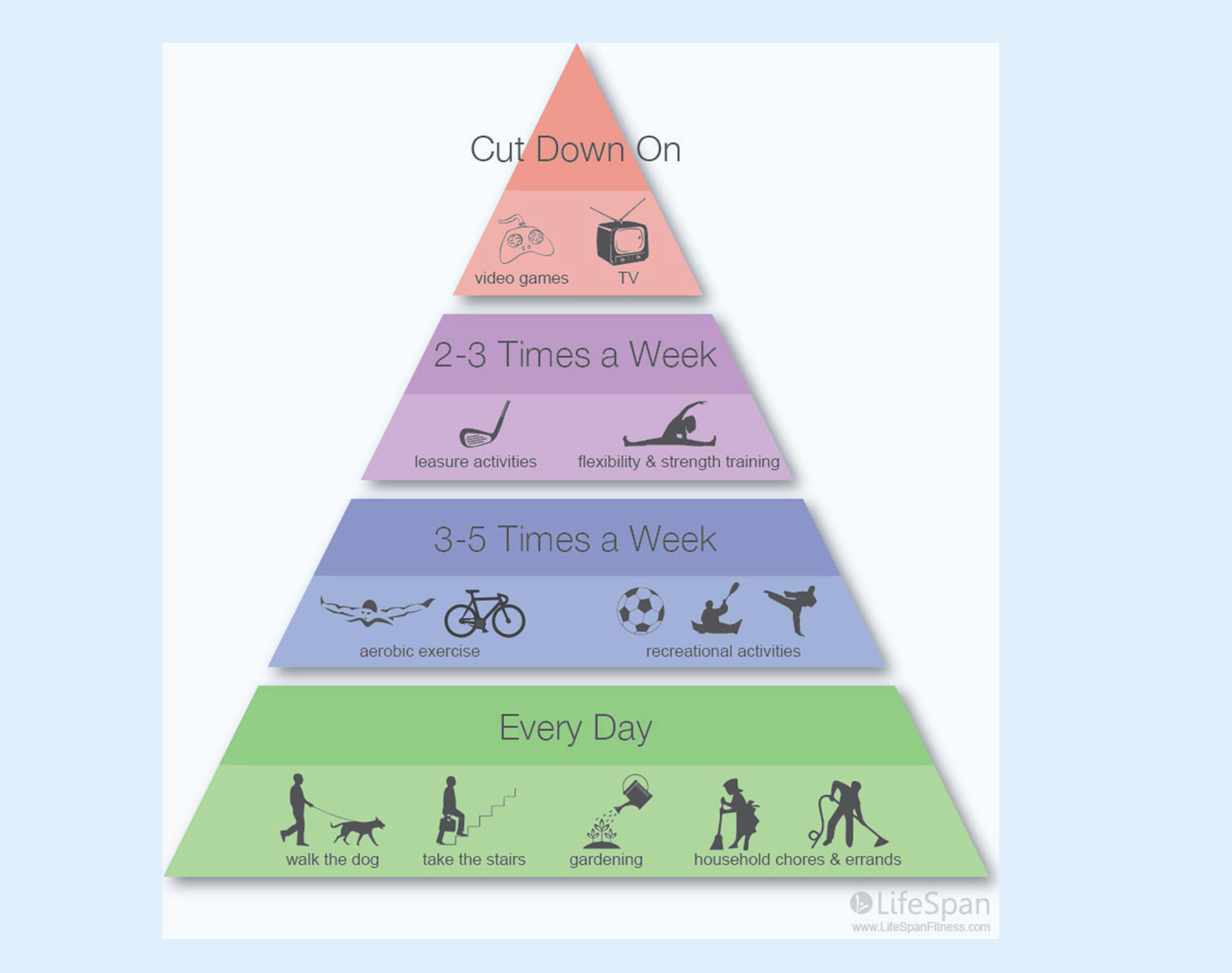Pulmonary Rehabilitation Home Exercises
Benefits of Exercise
Exercise is one of the most important parts of your daily activities to maintain or improve lung function. It can improve your heart and muscle strength, increase energy levels and helps you use oxygen more efficiently. Exercising your lungs and muscles helps you become more active so you can do the things you enjoy.
Exercise Goals
The recommended exercise goal is 150 minutes a week of moderate-intensity aerobic activity. This can be performed by 5 days a week, 30 minutes a day. The term “aerobic” means “with oxygen”. This includes activities that require the body to use oxygen to produce the energy needed to perform an activity. Some different types of aerobic exercises include walking, cycling, stair climbing, dancing, and swimming. Gardening, house cleaning, and swinging a golf club are various ways to increase your goal of 150 minutes a week of moderate-intensity activity. Exercises can be performed in three 10- minute periods of exercise or two 15- minutes periods daily to achieve cardiovascular benefits.
Safe Parameters
Moderate-intensity aerobic activity raises your heart rate and increases your rate and depth of breathing. Maintaining safe parameters for exercise includes measuring your heart rate and oxygen levels. Monitoring your heart rate can be performed by counting your pulse or tracking your heart rate on a pulse oximeter. To establish a safe exercise zone, utilize your target heart rate zone.
The calculation for your target heart rate zone:
(220 – age X 60%) to (220 – age X 80%).
If you are on a cardiac medication for controlled heart rate called a beta blocker, your heart rate may not increase. Therefore, you must monitor your symptoms by the exertion and shortness of breath scales.

LifeSpan Activity Pyramid
The Physical Activity Pyramid serves as a helpful guide for adults to incorporate regular physical activity into their daily lives. This tool prioritizes key activities that contribute to overall health. The base of the pyramid highlights the most essential activities for daily well-being, while the top tier features activities that should be limited. The aim of the Physical Activity Pyramid is to encourage a gradual increase in physical activity while reducing periods of inactivity, supporting a healthier and more active lifestyle.

